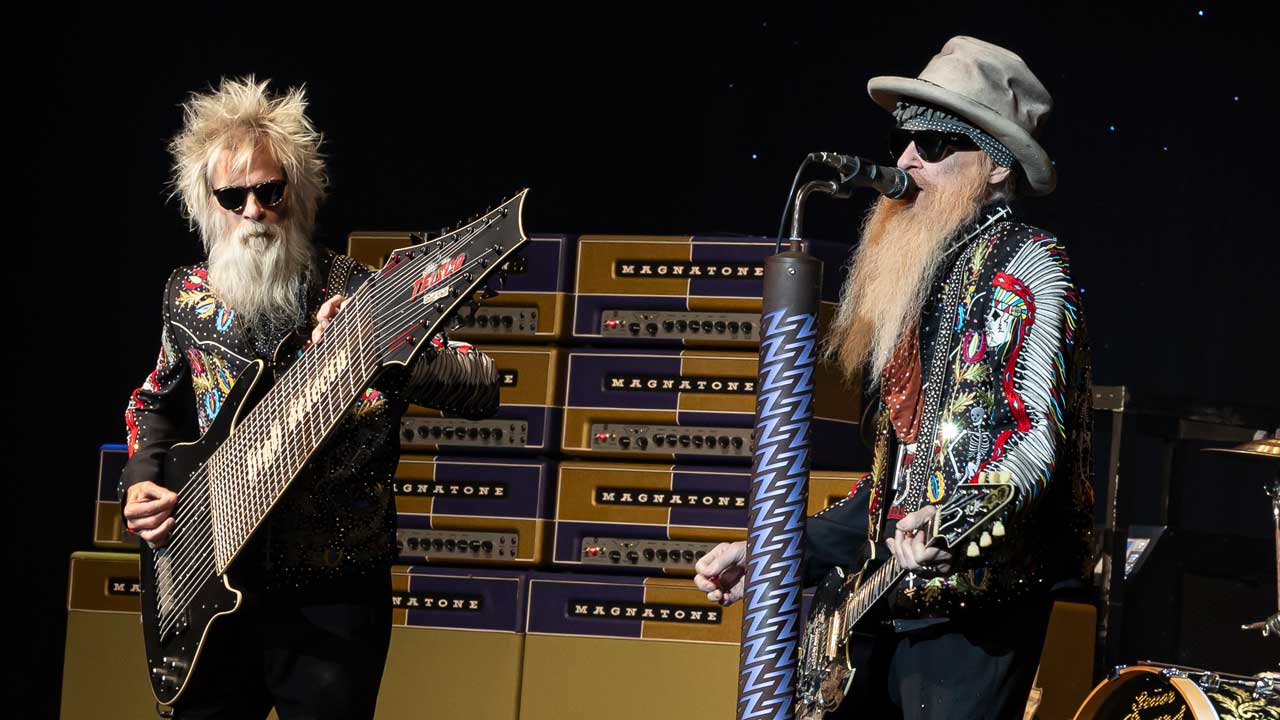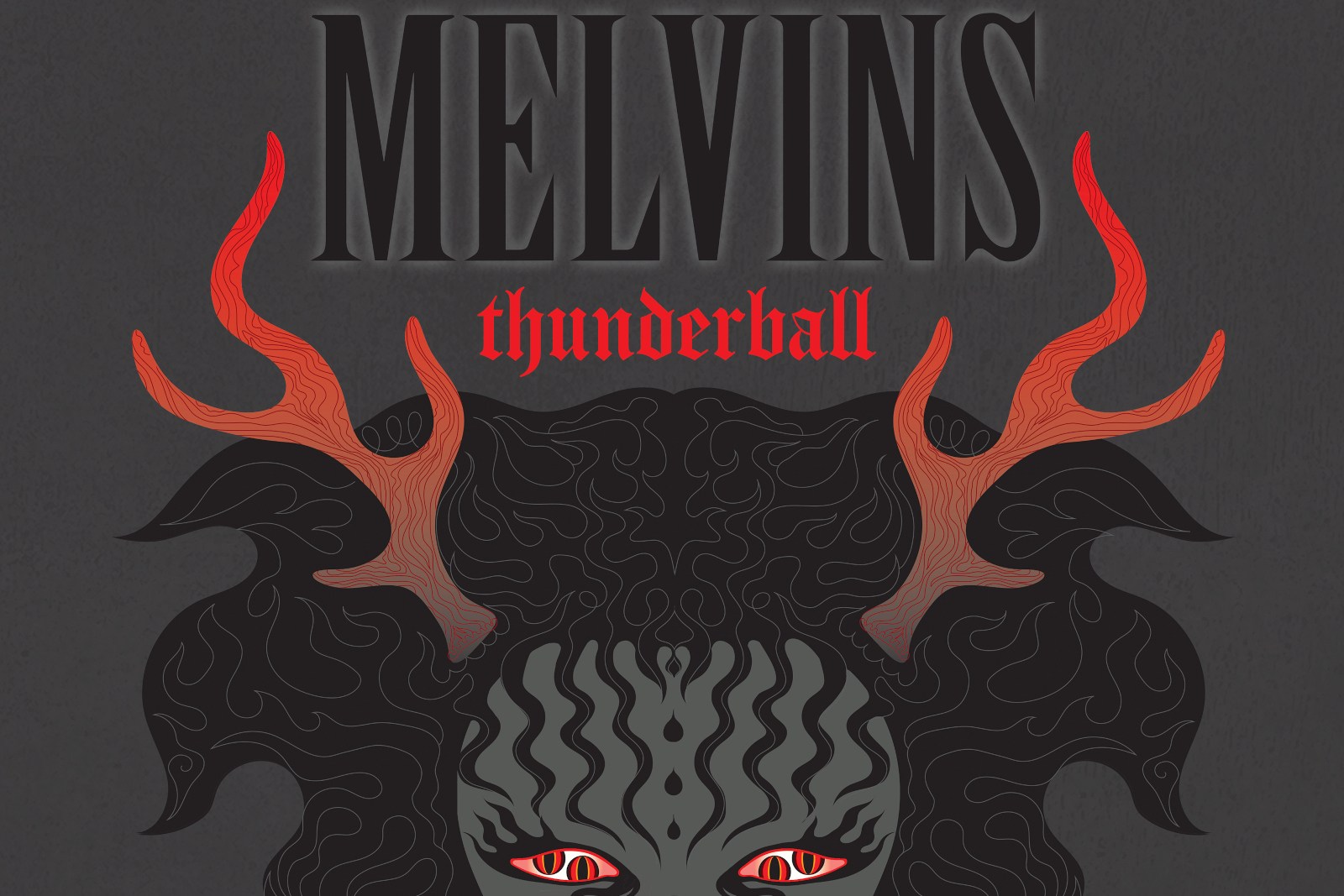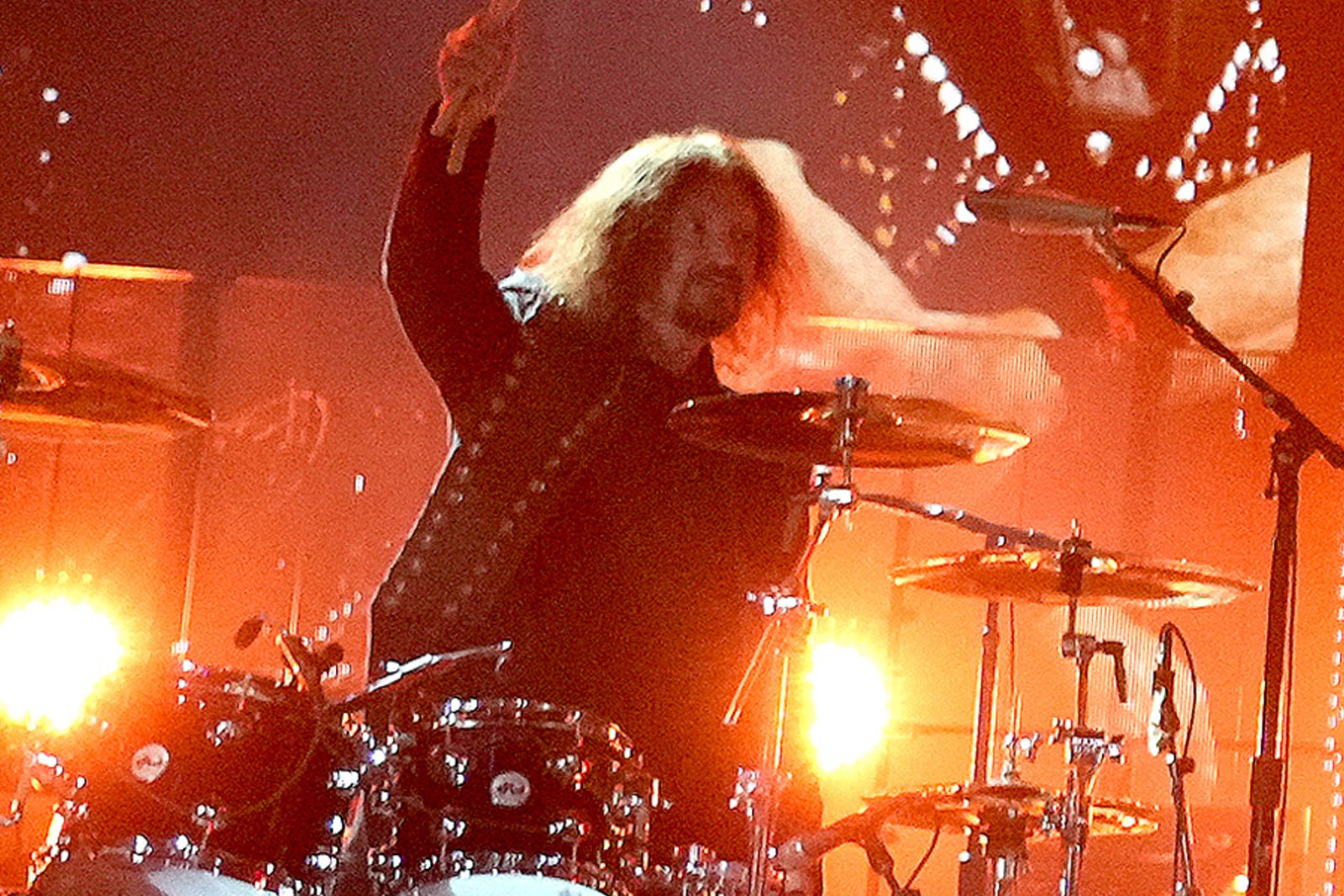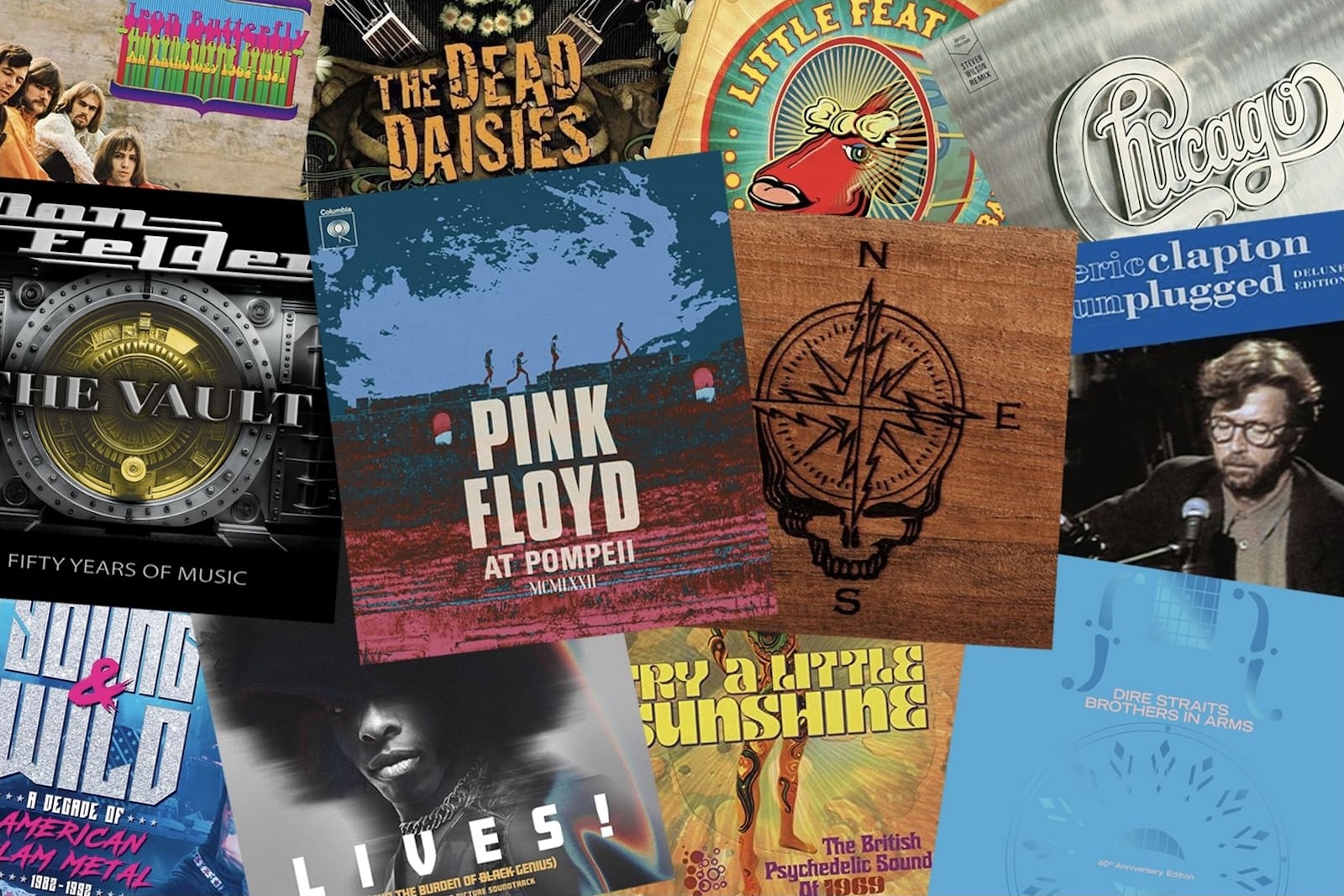
Feature Photo: Eatonland, CC BY-SA 4.0 , via Wikimedia Commons
# 10 – Mean Old ‘Frisco Blues (1942-1943)
We open up our Crudrup list with this song on purpose because it’s the first song on his first officially released album, which is really just a compilation of his early recordings. This early Crudup recording became one of his signature songs throughout the American South. The song was covered by Eric Clapton and released on his Slowhand album. Clapton’s Derek and the Dominoes also recorded the song which was released on the Layla And Other Assorted Love Songs (50th Anniversary Deluxe Edition).
Read More: Top 10 Eric Clapton Songs
# 9 – Rock Me Mama (1944-1945)
“Rock Me Mama” is a pivotal recording that showcases Crudup’s distinctive rhythmic approach that would later become fundamental to rock and roll. This track appears on comprehensive collections of his work and represents his commercial peak period with RCA Victor’s Bluebird label. One of the song’s most popular cover versions was done by Big Bill Broonzy.Bob Dylan recorded what he called a “sketch” of a song during sessions for the “Pat Garrett & Billy the Kid” soundtrack, which he titled “Rock Me Mama” and credited the phrase to Crudup, although it sounds nothing like the Crudup song.
# 8 – Death Valley Blues – 1941
Arthur “Big Boy” Crudup’s “Death Valley Blues” stands as a poignant testament to the depth and authenticity of Delta blues. Recorded on September 11, 1941, in Chicago, this track was released later that year on November 21 as the B-side to “If I Get Lucky” under RCA Victor’s Bluebird label . The song’s evocative lyrics paint a somber picture: “I went down in Death Valley, nothing but tombstones and dry bones,” capturing themes of mortality and desolation that resonate deeply within the blues tradition.
The raw emotion and storytelling in “Death Valley Blues” have inspired numerous artists over the decades. Sleepy John Estes offered his rendition in 1962, while Snooks Eaglin’s 1959 version brought a New Orleans flair to the piece. British blues-rock band Black Cat Bones included a powerful cover on their 1970 album “Barbed Wire Sandwich,” showcasing the song’s versatility and enduring appeal . Other notable covers include performances by Dave Ray in 1967 and Henry Qualls in 1994, each bringing their unique interpretation to Crudup’s original composition.
# 7 – Ethel Mae
Arthur “Big Boy” Crudup recorded “Ethel Mae” on February 22, 1946, in Chicago, Illinois. The session featured Crudup on vocals and guitar, accompanied by Ransom Knowling on bass and Judge Riley on drums. The track was released later that year by RCA Victor as the B-side to “So Glad You’re Mine” on Bluebird Records. “Ethel Mae” reached number 4 on the Billboard R&B chart in 1946.
# 6 – If I Get Lucky
“If I Get Lucky” was recorded on September 11, 1941, at RCA Victor’s studio on the lakefront in Chicago. This session marked his recording debut and was arranged by producer Lester Melrose, who had discovered Crudup performing on the streets of Chicago. The recording featured Crudup on vocals and guitar, accompanied solely by Kansas Joe McCoy on one-string bass. The track was released by Bluebird Records on November 21, 1941, with “Death Valley Blues” as the B-side.
This initial session also produced other songs, including “Black Pony Blues” and “Mean Old Frisco.” Notably, “Mean Old Frisco” is recognized for featuring one of the earliest uses of electric guitar in a Chicago blues recording. “If I Get Lucky” has been covered by various artists over the years. James Thomas recorded a version in 1979, followed by John Hammond in 1987. A rendition by Willie Menifee and Mance Lipscomb, recorded earlier, was released in 1993.
# 5 – I’m Gonna Dig Myself a Hole
Arthur “Big Boy” Crudup recorded “I’m Gonna Dig Myself a Hole” on April 24, 1951, in Chicago, Illinois. The recording session featured Crudup on vocals and guitar, Ransom Knowling on bass, and Judge Riley on drums. The single was released by RCA Victor in August 1951 with the catalog number 22–0106. The B-side of the record was “Too Much Competition.” The song was one of several that Crudup recorded during his final Chicago sessions for RCA before the label shifted his future work to Atlanta. Upon its release, “I’m Gonna Dig Myself a Hole” reached number 9 on the Billboard R&B chart in 1951.
The song has been covered by multiple blues and rock artists over the decades. Robert Lockwood Jr. recorded a version in December 1951. In 1973, the Downchild Blues Band included it on their album Straight Up. Ken Hamm recorded the song in 1978, and John Dee Holeman released a version titled “I’m Going to Dig Myself a Hole” in 1992. That same year, Tav Falco & Panther Burns also recorded a rendition. Boz Boorer covered the song in 1997. In 2003, Belushi Aykroyd recorded a version that appeared on the Have Love Will Travel album. Colin James included a cover on his 2018 album Miles to Go, released on September 21, 2018.
# 4 – Who’s Been Foolin’ You – 1944-45
“Who’s Been Foolin’ You” was written and first recorded by Arthur “Big Boy” Crudup on December 15, 1944. The track was released in March 1945 on the Rock Me Mamma single issued by RCA Victor.
The song features a mid-tempo blues rhythm with lyrics centered around infidelity and emotional betrayal, themes common in Crudup’s work during the 1940s. Like many of his early records, it was produced under RCA’s Bluebird imprint, which handled much of the blues catalog during that era.
Over the years, the song has been recorded by several other artists. Notable versions include a 1976 cover by Frank Hovington, a 1995 version by Betty and The Bops, a 1997 recording by Robert Cage, and a high-profile rendition by Buddy Guy released on May 15, 2001, as part of his album Sweet Tea. Earlier thematically similar songs include “Five Feet Seven” by Big Bill Broonzy (1949) and “Who’s Been Jivin’ You” by Jimmy Witherspoon (1949), though they are distinct recordings and not direct covers.
Read More: Top 10 Buddy Guy Songs
# 3 – So Glad You’re Mine – 1946
In the immediate aftermath of World War II, Arthur “Big Boy” Crudup cut “So Glad You’re Mine,” on February 22, 1946, in Chicago, Illinois. The song gained renewed prominence when Elvis Presley recorded his rendition on January 30, 1956, at RCA Studios in New York. This version, characterized by Presley’s energetic delivery and the backing of guitarist Scotty Moore, bassist Bill Black, drummer D.J. Fontana, and pianist Shorty Long, was included on his second studio album, “Elvis,” released on October 19, 1956.Presley’s adaptation infused the track with a rockabilly flair, bridging the gap between traditional blues and the burgeoning rock and roll movement.
Beyond Presley’s interpretation, “So Glad You’re Mine” has been covered by a diverse array of artists, reflecting its enduring appeal across genres and generations. Notable covers include those by Marty Wilde (1959), Vince Taylor and His Playboys (1961), Sleepy John Estes (1964), The Siegel-Schwall Band (1966), Shakin’ Stevens (1978), Sonny Burgess (1978), Tim Hardin (1994), Junior Wells (1996), Peter Case (1993), and Andy Fairweather Low and The Low Riders (2015).
# 2 – My Baby Left Me
Recorded on November 8, 1950, in Chicago, the track featured Ransom Knowling on bass and Judge Riley on drums. It was released in January 1951 as the B-side to “Anytime Is the Right Time” on RCA Victor 22–0109.
The song’s prominence escalated when Elvis Presley covered it in 1956, releasing it as the B-side to his hit single “I Want You, I Need You, I Love You.” Presley’s rendition infused the track with a rockabilly flair, featuring Scotty Moore’s dynamic guitar riffs, Bill Black’s driving bass lines, and D.J. Fontana’s energetic drumming. This version contributed to the single’s massive success, with advance orders reportedly exceeding 650,000 copies, solidifying Presley’s status as a rock and roll icon .
Beyond Presley, “My Baby Left Me” attracted a multitude of artists across various genres, each bringing their unique interpretation to the song. In 1964, British singer Dave Berry released a version featuring future Led Zeppelin guitarist Jimmy Page, which reached number 37 on the UK Singles Chart . Creedence Clearwater Revival included their take on the track in their 1970 album “Cosmo’s Factory,” paying homage to their blues roots . John Lennon recorded a version titled “Since My Baby Left Me” during his 1973 “Rock ‘n’ Roll” sessions, which was posthumously released in 1986 on the album “Menlove Ave.”
Read More: Complete List Of Creedence Clearwater Revival Songs From A to Z
# 1 – That’s All Right (1946)
Recorded on September 6, 1946, during a historic session above a Chicago pawnshop with drummer Judge Riley and bass player Ransom Knowling “That’s All Right” stands as a landmark work in American music history, bridging the gap between Delta blues and the emergence of rock and roll. The song was released in April 1947 by RCA Victor.
The song gained monumental significance when Elvis Presley recorded his version on July 5, 1954, at Sun Records in Memphis. This rendition, backed by Scotty Moore and Bill Black, was released on July 19, 1954, as Presley’s debut single, with “Blue Moon of Kentucky” on the B-side. While it didn’t chart nationally, it became a regional hit and is often cited as a pivotal moment in the birth of rock and roll.
The influence of “That’s All Right” extended beyond Presley. Marty Robbins released a country version in 1955, reaching number 7 on the Billboard Country Singles chart. Other notable artists who covered the song include Carl Perkins, Snooks Eaglin, Billy Fury, George Hamilton IV, and Albert King, who included it in his 1970 album “Blues for Elvis – King Does the King’s Things.”
The Beatles performed “That’s All Right” during their early years, and a live recording from 1963 was later released in 1994 on their “Live at the BBC” album. Rod Stewart included a version on his 1971 album “Every Picture Tells a Story.” John Lennon’s Original Quarrymen also recorded the song, reflecting its deep roots in the British rock scene. Despite its success and widespread influence, Arthur Crudup faced significant challenges regarding compensation. Due to exploitative contracts, he received minimal royalties from the song’s success, highlighting the broader issues of artist rights and recognition during that era
Read More: Complete List Of Elvis Presley Songs From A to Z
Read More: Classic Rock Bands List And Directory
10 Essential Arthur “Big Boy” Crudup Songs article published on ClassicRockHistory.com© 2025





![Life Is Peachy [Explicit]](https://m.media-amazon.com/images/I/51KwlmmpRQL._SL500_.jpg)
![Follow The Leader [Explicit]](https://m.media-amazon.com/images/I/61q37weCxCL._SL500_.jpg)


![Untouchables [Explicit]](https://m.media-amazon.com/images/I/51Q7S9cJklL._SL500_.jpg)
![Take A Look In The Mirror [Explicit]](https://m.media-amazon.com/images/I/611PXK9J6AL._SL500_.jpg)
![See You On the Other Side [Explicit]](https://m.media-amazon.com/images/I/51+EsWDJ+aL._SL500_.jpg)
![Untitled [Explicit]](https://m.media-amazon.com/images/I/51gfj0tURAL._SL500_.jpg)


![The Paradigm Shift [Explicit]](https://m.media-amazon.com/images/I/51XbnyRraZL._SL500_.jpg)
![The Serenity of Suffering [Explicit]](https://m.media-amazon.com/images/I/61Vi9Y+pdcL._SL500_.jpg)
![The Nothing [Explicit]](https://m.media-amazon.com/images/I/51JYdIT8YSL._SL500_.jpg)
![Requiem (Import) [CD]](https://m.media-amazon.com/images/I/41e6rLOzH5L._SL500_.jpg)












